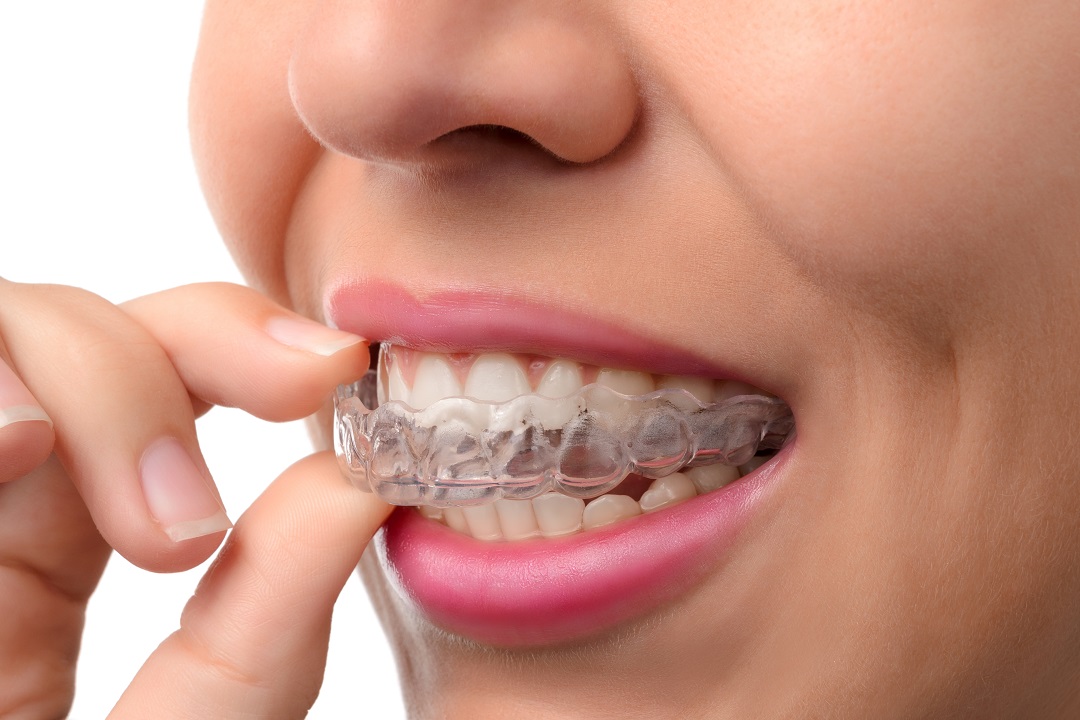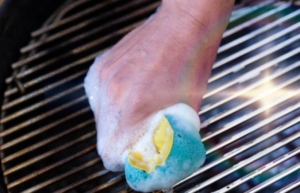Things You May Not Know Before Getting Invisalign

Woman wearing orthodontic silicone trainer. Invisible braces
Invisalign treatment is an orthodontic procedure used to straighten teeth. They are basically invisible braces that will help you obtain the perfect smile without going through the embarrassment of wearing unsightly braces. Do be aware that not all cases can be fixed with Invisalign and conventional braces will be needed – it’s best to consult your dentist to see which orthodontic treatment is required.
They are tailored to your mouth and are used to treat crowded teeth, overbite, under bite, cross bite, gap teeth and open bite defects. Invisalign corrects your teeth over a number of stages where clear mouth guards are interchanged as your teeth are gradually corrected. Before undertaking the Invisalign procedure it’s best to arm yourself with as much information as possible so you know what you’re getting yourself into. This post is aimed at giving some information about some things you may not know about Invisalign.
Eating and drinking with your aligners
You’re not supposed to eat with your Invisalign aligner in your mouth. Luckily they are easy to remove. So before eating, take them out and then it’s important to brush your teeth before putting them back in. Some foods such as sugar and acids will get caught in between your teeth and the aligner. This will cause decay and will require another session back in the dental chair. It’s ok to drink water, as long as it’s not too hot. The heat will affect the plastic of aligners and may cause them to warp.
Check-ups with your dentist
The average time frame for Invisalign to complete the transformation is 13 months. In that time, you will need to attend a check-up about every 6 to 8 weeks depending on your dentist’s recommendations. You will be given three or four sets of aligners for each interval as your teeth align in different stages. This can be annoying especially if you’re busy with work but well worth it in the end result.
Ergonomics of Invisalign
You’re probably wondering what Invisalign will feel like in your mouth. Will they be comfortable? It’s a common question asked by people undergoing the procedure. With Invisalign, the movement of the teeth is subtle, so the procedure is generally pain free. This being said, you might experience some slight discomfort and tenderness as your mouth gets used to the aligner. Invisalign is custom fit for your mouth so they are very comfortable compared to conventional braces. The aligners are transparent and barely noticeable, which is one of biggest advantages of the treatment.
Aftercare
When you finish your Invisalign treatment you will be required to wear retainers to ensure that your teeth remain straight. When you go for your consultation it’s recommended that you ask your dentist if you will need to wear a retainer after, as each case will have different aftercare requirements.
Can I kiss?
Your love life will not falter from wearing your aligners. Invisalign patients have reported no problems dating or kissing. Although after a heavy session of making out, it is advisable to clean your teeth and aligners thoroughly to ensure bad bacteria doesn’t affect your teeth.
The Cost
On average Invisalign is roughly the same cost as traditional braces. Then again, it all depends on the treatment required. It’s best to speak to your dentist and discuss the cost. Some more intensive procedures may require more aligners and will set you back a little more cash. Oftentimes, payment plans are available making achieving the perfect smile a little easier on the bank balance. Some health care providers will cover a percentage of the costs. It might be worthwhile checking your policy to see if your insurance does.
Speaking with Invisalign
When you first put your aligners in you may notice that your speech is slightly altered. Don’t worry. When your mouth gets used to the aligners your speech will return to normal. You get a little excess saliva but that is part of the process and easy to accommodate.
Hopefully, this post has given you some information before making the leap and getting Invisalign treatment. So do your research and discuss with your dentist in full detail the ins and outs of the treatment so you don’t get any unwanted surprises down the track.







